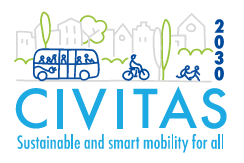Iskane spletne strani ni bilo mogoče najti. Do te težave včasih pride, ker spletna stran trenutno ni na voljo (v tem primeru lahko poskusite znova pozneje) ali pa je bila izbrisana ob menjavi spletne platforme.
V kolikor želite izračunati stroške vašega avtomobila lahko to storite tukaj.
Še več ostalih vsebin pa poiščite na Focusovi domači strani ali pa nam pišite na [email protected].
Če se težave nadaljujejo, nas obvestite.
Hvala za razumevanje.







